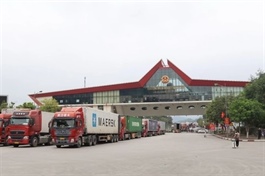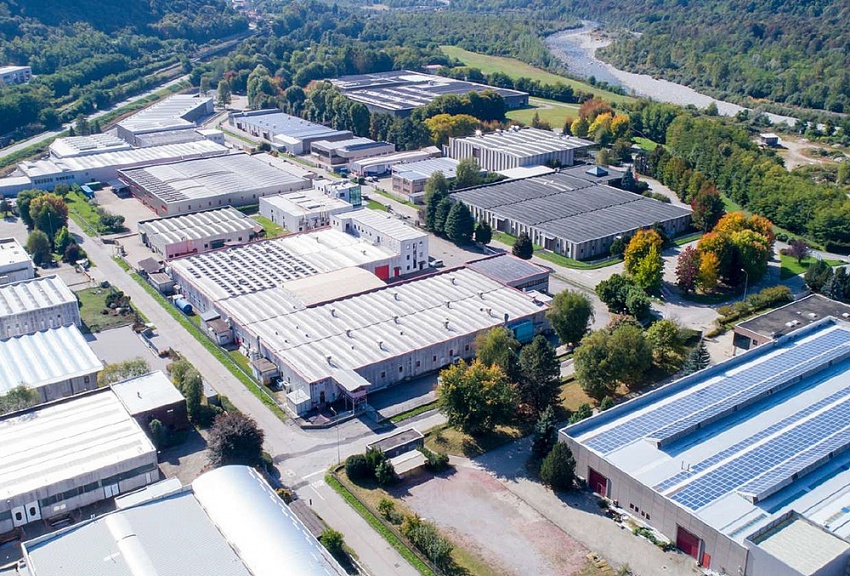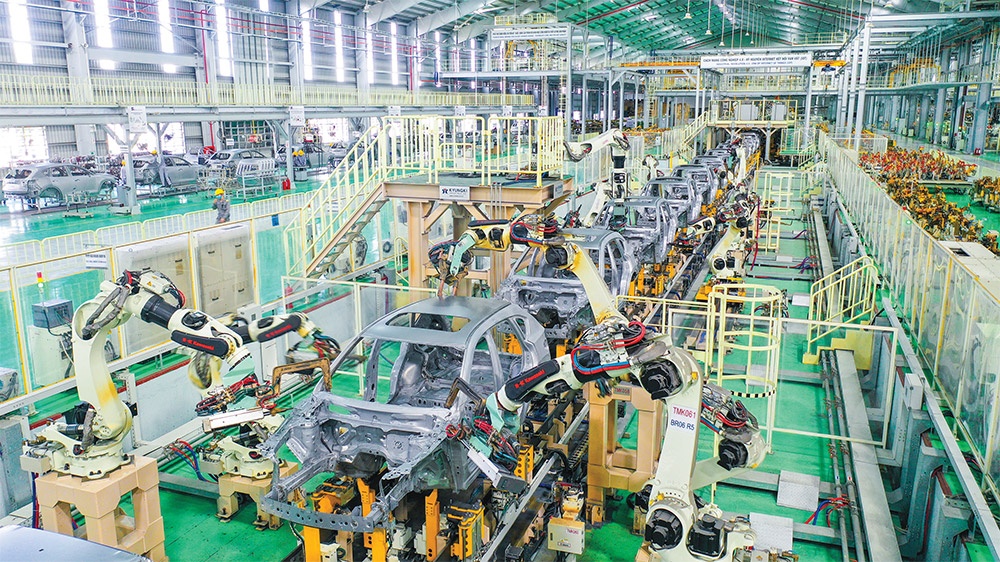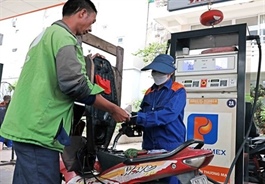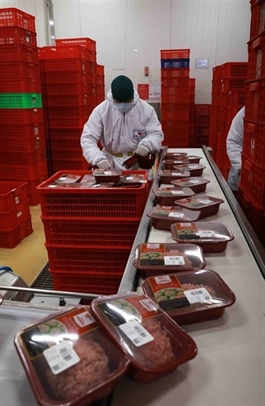VN needs an appropriate ETS mechanism to develop carbon market
VN needs an appropriate ETS mechanism to develop carbon market
Việt Nam will start to pilot the implementation of emissions trading system (ETS) from June 2025, working towards official operation in 2028 and connection with international markets from 2030, according to the Ministry of Natural Resources and Environment (MNRE).
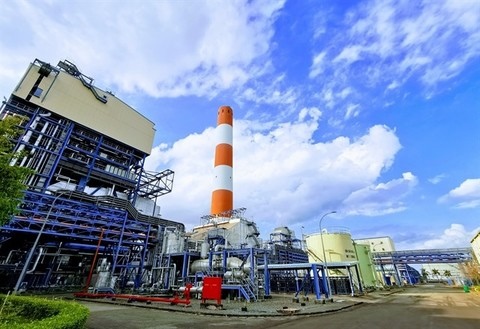
The Ô Môn 1 thermoelectricity plant in Cần Thơ Province. About 150 large emission-emitting enterprises in the fields of iron, steel, cement and thermal power production will be joining the carbon market in the trial phase from June 2026 to 2028. — VNA/VNS Photo Thanh Liêm |
To realise these goals, Việt Nam needs to develop a roadmap for energy transition, together with a plan for operating and managing the ETS appropriate to the country’s conditions.
Nguyễn Tuấn Quang, deputy director of the MNRE Climate Change Department, said that as a country heavily affected by climate change, Việt Nam had actively participated in international efforts on climate change and had made bold commitments to reduce greenhouse gas emissions.
Specifically, Việt Nam had committed to achieve Net Zero by 2050.
One of the important solutions is to accelerate the transition from brown energy to green energy, strengthen the efficient use of energy and resources through the application of advanced, low-emission technologies and circular economic models, according to Quang.
Việt Nam also needs to promote green production together with the development of forests and ecosystems to increase greenhouse gas absorption. For example, in the agricultural sector, the project of developing 1 million hectares of low-emission high-quality rice is estimated to help reduce emission by 3-5 tonnes CO2 per ha.
Last but not least, carbon pricing is critical.
About 70 countries and territories in the world are applying carbon tax to a carbon market which currently controls about 11 billion tonnes of carbon, equivalent to 20 per cent of global emissions, according to the ministry.
“This is an inevitable trend and Việt Nam is also preparing to establish a domestic carbon market,” Quang said.
"As planned, Việt Nam will start to allocate quotas and pilot the trading from June 2025, so there is not much time left for preparations.
"The legal framework has been being established. What needs to happen now is to access the impacts at macro level and on companies, from which the operation and management plan for the ETS will be developed to ensure appropriateness to Việt Nam."
During the pilot implementation, about 150 large emission-emitting enterprises in the fields of iron, steel, cement and thermal power production would be joining the carbon market, Quang said.
According to Frederic Ggnon-Lebrun, global director for climate policy, finance and carbon markets at South Pole, transparency in management is vital. The government should simplify rules and requirements to facilitate management and make it easier for carbon market participants to set up financial models.
The Director of Green Climate Innovation Company Limited (GreenCIC), Nguyễn Hồng Loan, said that evaluating the impacts of the ETS would focus on analysing the specific impacts on society, economy and environment, especially on energy consuming industries, assessing the impacts of carbon credit trading and the results of greenhouse gas emission reductions, which would serve as base to develop optimal solution for managing carbon market towards efficient operation in Việt Nam.
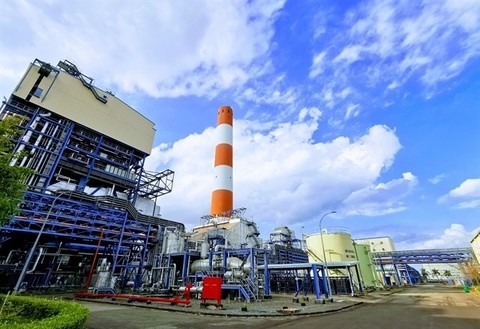
A mangrove forest in Bình Định Province. Việt Nam will start to pilot the implementation of emissions trading system (ETS) from June 2025 towards official operation in 2028. — VNA/VNS Photo Tường Quân |
"A carbon market is not only an environmental solution but also a promising economic opportunity," Nguyễn Tú Anh, director of the Centre for Economic Information, Analysis and Forecasting under the Central Economic Commission, said.
The carbon market was expected to encourage enterprises to invest in green and efficient technologies, thereby reducing production costs and improving competitiveness. At the same time, the new financial flows created from carbon credit trading would promote emission reductions and transition towards a low-emission economy, Anh said.
It was necessary to raise awareness of the business community and the society about the role and operating mechanism of the carbon market, he said.
He cited findings of a survey on 537 enterprises that 30 per cent of them had basic understanding of the ETS and carbon market.
A comprehensive and compatible legal framework that clearly defines rights and obligations of the market participants, principals of products, principals of ownership, pricing mechanism and standards was needed for the formation and development of a carbon credit market, he stressed.
"It is also important to determine demand for carbon credits," he said, adding that enterprises should know how much they are emitting, how much they are allowed to emit, where they can buy carbon credit which are recognised worldwide.
The development of green financial tools such as green bond, green credit, green fund together with tax and financial incentives would also be important.
General Director of Klinova Climate Consulting Nguyễn Phương Nam said that as carbon credit remained a new issue not only in Việt Nam but also in the world, it would be difficult to develop appropriate regulations from the beginning. The pilot stage would help draw lessons and experiences for more practical adjustments.
The Director of the Institute for Brand and Competitiveness Strategy, Võ Trí Thành, said the focus should be on carbon credit verification to clarify criteria, classification and valuation to ensure transparency. He also urged businesses to be proactive in studying about carbon credit to make necessary preparations.








